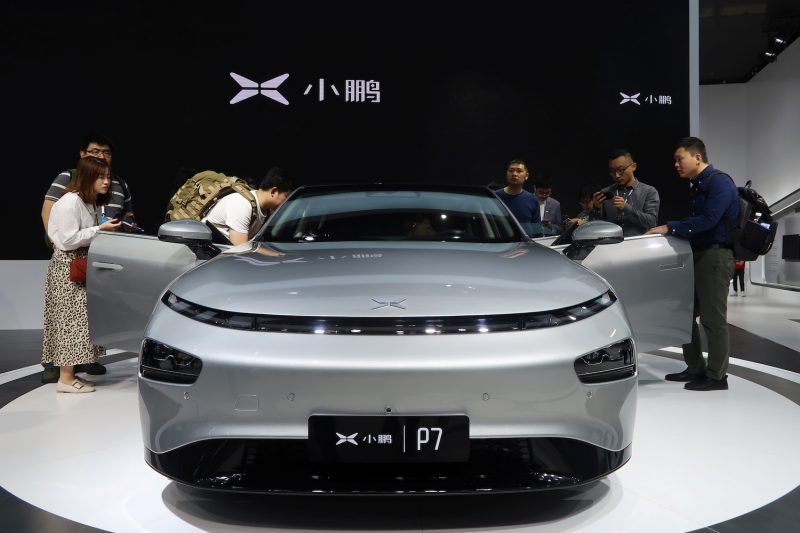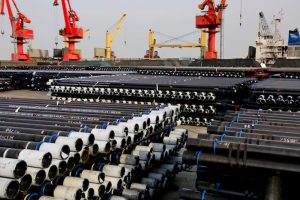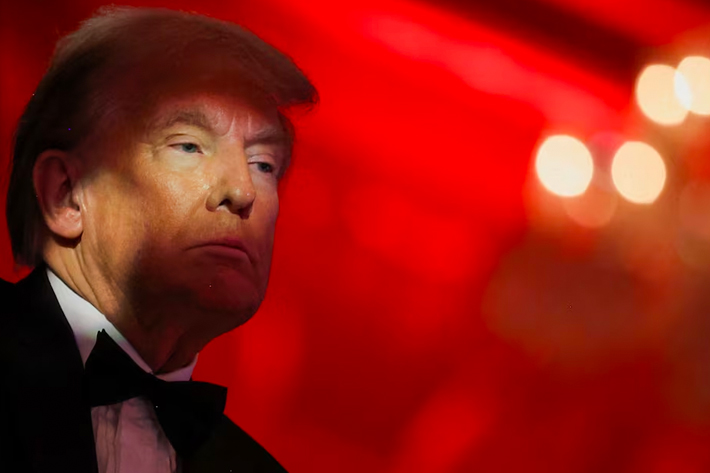(ATF) China’s rare earths operators are watching developments in Tanzania carefully as new opportunities arise in the East African country.
According to China’s Ministry of Natural Resources and MiningWeekly, there’s particular interest in the Nguala Rare Earths mine run by Peak Resources, an Australian rare earths mining company listed on the ASX
“The Nguala project is one of the world’s largest and highest grade undeveloped neodymium praseodymium (NdPr) deposits,” revealed Bardin Davis, manager of the Perth-based firm.
Read more: Mining gets green light as Duterte tries to kickstart economy
The company, which has a refinery base in the UK, is looking to develop the Nguala project into one of the world’s lowest cost integrated rare earth production bases.
“Our goal is to develop the Nguala Rare Earth Project to benefit generations of residents in the community and the people of Tanzania, while also bringing great returns to shareholders,” Davis added.
The construction of the project includes mines and concentrators. It is estimated that the annual output of 40% rare earth concentrates is 32,000 tons.
The project already has reserves, which account for less than 10% of the total resources. The grade of rare earth oxides in the raw ore is 4.8%. The mine life is expected to be 26 years and has the potential for further expansion.
HIGH GRADE
“Another point is that the surrounding rock of the Nguala ore body is weathered carbonate rock, and the bastnaesite is of high grade. This is very important because of its low acid consumption and low radioactive element content,” Davis explained.
Despite being affected by some unfavourable factors, Davis says he has confidence in Tanzania’s mining industry. He believes that, in the past, the country’s mining was too concentrated on gold, diamond and tantalum, but the development of rare earth and battery minerals has great potential.
Neodymium praseodymium oxide accounts for 85% of global rare earth industry output value. Worldwide demand is expected to be 70,000 tons in 2021, and that will be worth approximately US$6 billion. It is expected to increase to US$12 billion in 2030, Davis said.
Neodymium praseodymium oxide is used to produce permanent magnets, which are then used in the production of electric vehicle motors and direct-drive wind turbines.
NET ZERO
The ‘greening’ of the global economy, with increasing numbers of countries committing to net zero carbon emissions and the drive to electric vehicles are all feeding the growing demand for rare earths.
In 2020, the sales of electric vehicles increased by 43%, providing further impetus for development of the rare earth industry.
Countries all over the world are well aware of the importance of the industry and US President Joe Biden has recently ordered an assessment of the supply chain of key raw materials including rare earths – which were particularly disrupted by the worldwide pandemic.
European Commission President Von der Lein also warned of the risks of rare earth supply issues and the Australian government has revealed it has drawn up a resource technology and key resource roadmap.
























